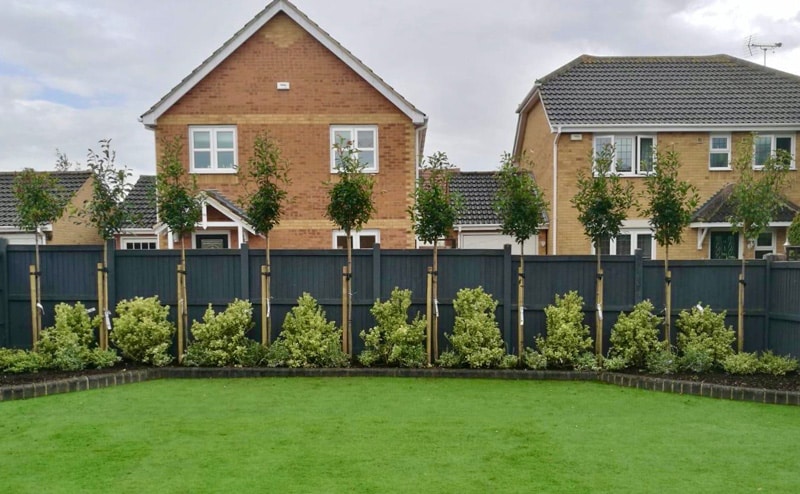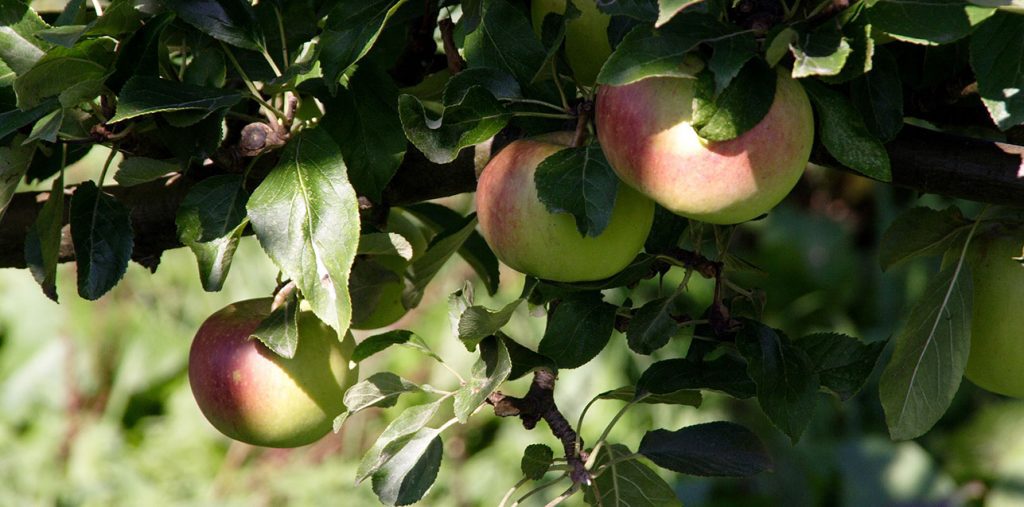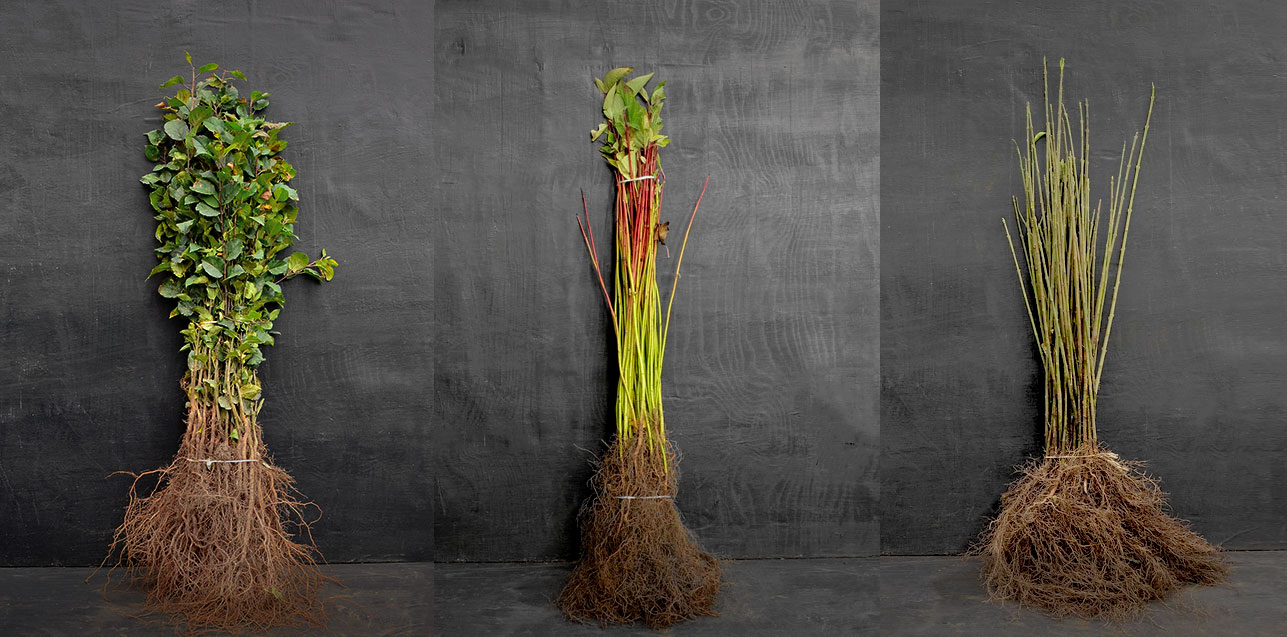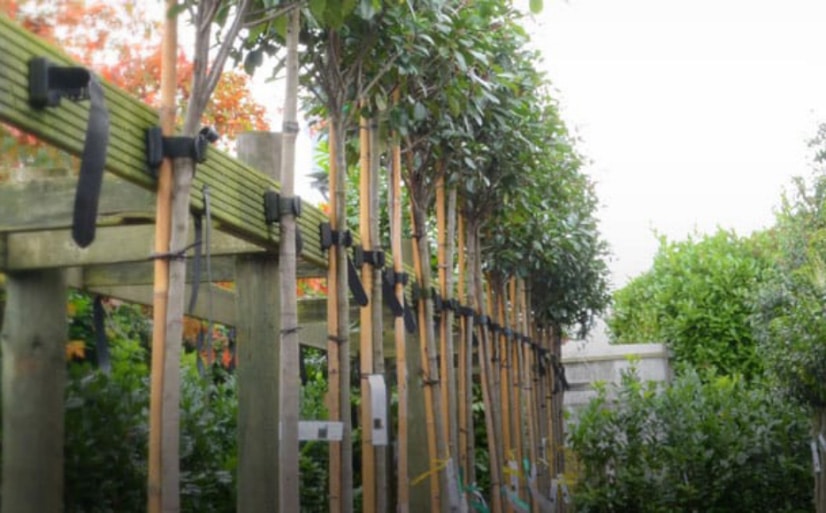The dormant months have officially started, and that means the bare root season is here! Order your plants now to enjoy…
🌿 Lower purchase and delivery costs
🌱 Easy handling and planting
🌸 Perfect options for large-scale planting projects
🌳 Excellent establishment rates with the right care
What are our top 5 native varieties?
5. Hazel (Corylus avellana). Produces catkins in early spring and edible nuts later in the year. Hazel is great for biodiversity, coppicing and woodland edges.
4. Blackthorn (Prunus spinosa). Famous for its sharp thorns and white spring blossom, Blackthorn forms a dense, impenetrable hedge and produces sloes in autumn.
3. Dog Rose (Rosa canina). A classic British hedgerow favourite with pink-white flowers, arching stems, and red hips in autumn. Dog rose is ideal for wildlife and natural barriers.
2. Common Dogwood (Cornus sanguinea). Fast-growing with vivid red stems in winter and crimson autumn foliage. Common dogwood is a popular choice for year-round interest and colour.
1. Hawthorn (Crataegus monogyna). The star of British hedgerows! Dense, thorny, and wildlife-rich, with white spring flowers and red autumn berries. It is a top choice for native planting.

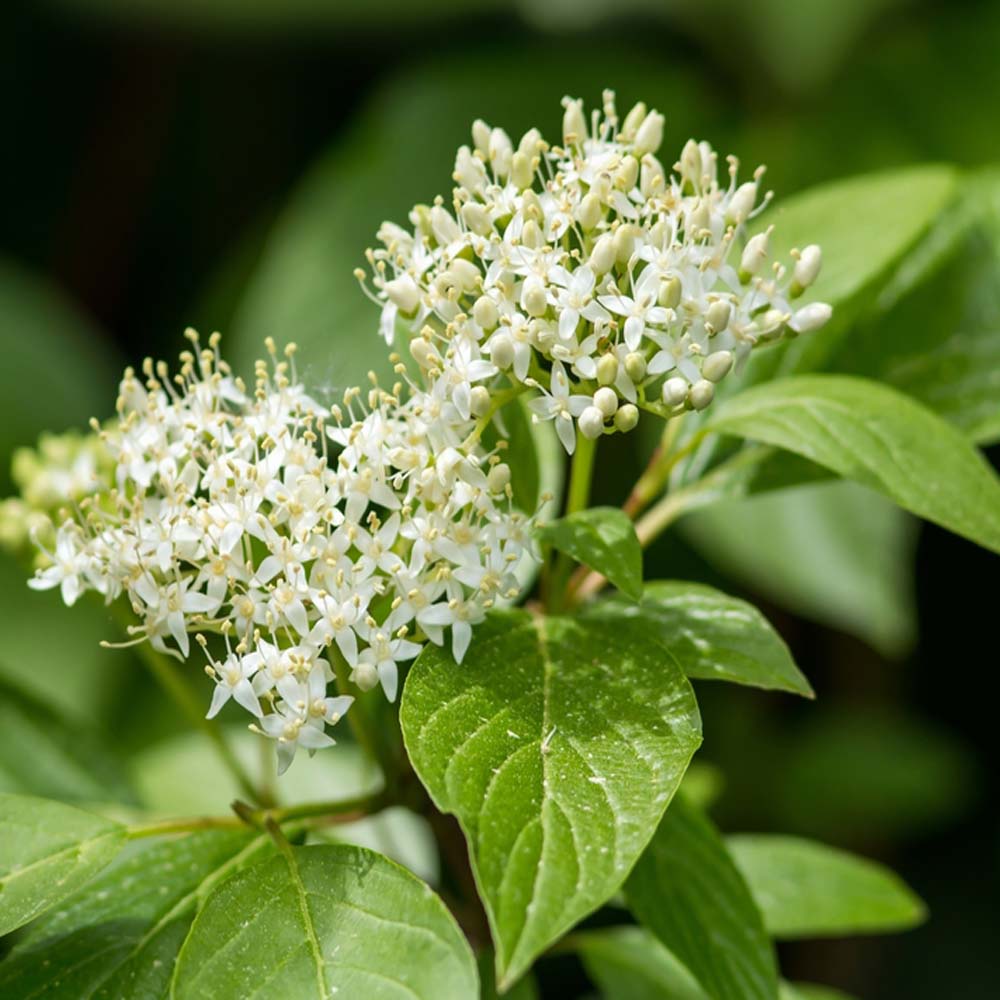
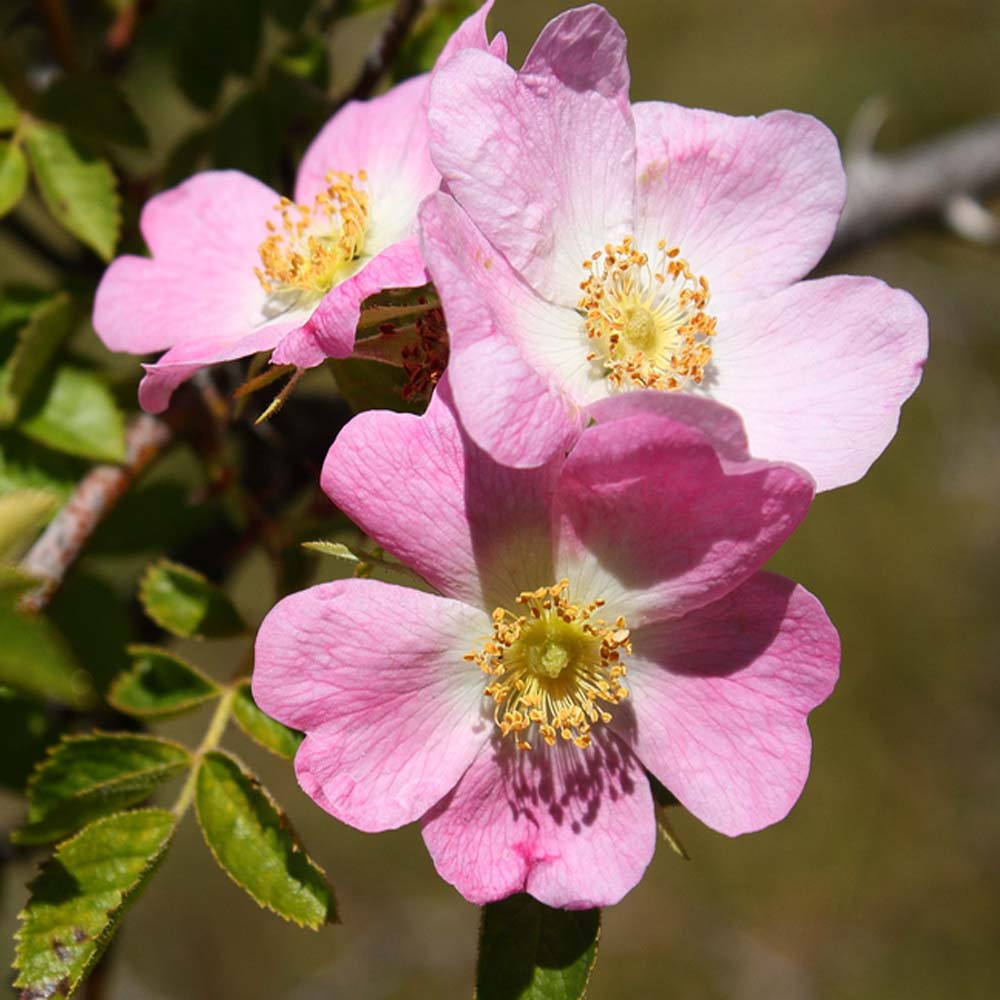
How many should you plant?
When planting 40-60cm or 60-90cm tall bare root plants in a double staggered row, we usually recommend that you plant five plants per metre in a double staggered row. This spacing creates a thick, attractive and wildlife-friendly hedge in no time.
If you are planting the hedge under a grant scheme, like BN11, then you will need to plant at least size plants per metre in order to meet the planting requirements.
Do you need accessories?
A few simple accessories can make all the difference in helping your young plants establish quickly and stay protected. Guards and canes are especially useful for shielding plants from rabbits and deer while supporting upright growth, and they can significantly improve survival and growth rates (especially during the first year).
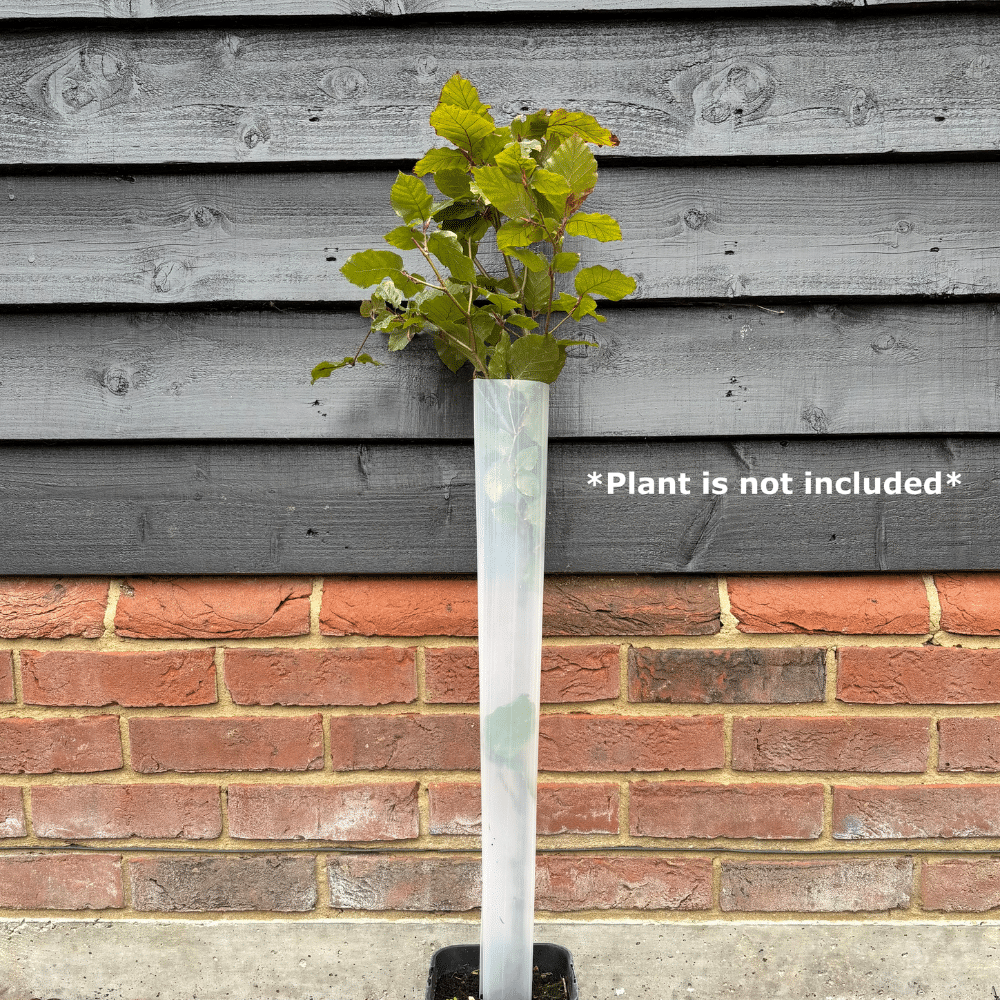
How do you plant bare root?
When planting bare root whips, we recommend the notch planting method. This is a quick and effective way to plant without heavy digging.
- Keep roots moist until planting.
- Push a spade a few inches deep into the soil and rock it back and forth to form a slit.
- Slide the plant’s roots into the slit, up to the nursery soil line.
- Firm the soil back around the roots (“heel in”) to ensure good contact.
Avoid exposing roots to wind or sun before planting, even a short period of drying out can cause damage.
Read More:
A Guide to Screening Trees: Is Photinia Good for Natural Privacy?
Bare Root Planting Tips: How to establish a native hedge on a tight budget
A Guide to Pleached Trees: How effective are Hornbeam at creating privacy?

